Hardly any men can hit a tennis ball on clay better than Dominic Thiem. Unfortunately he ran into one who could in the French Open final last Sunday. It is worth reflecting on the extraordinary scale of Rafael Nadal’s achievement, besides his ability to rock a very stylish yellow T-shirt. This was his 12th win in 15 attempts at Roland Garros and one of his three ‘failures’ was a withdrawal in 2016 with a wrist injury. That’s two defeats in 15 years on the most punishing grand slam surface. Has there ever been a blend of athlete and venue to rival it?
Rafa’s savage spin on the forehand has always been his greatest weapon, along with his remorseless strength and fitness. But now his attitude and intensity have become, if possible, even more ferocious. His backhand has improved, his serve is more powerful and he volleys like a grass-court expert. He is also a master tactician, with a canny understanding that if plan A isn’t working you may as well change it (something our politicians could learn from).
In a fascinating article for the ATP Tour website, Craig O’Shannessy shows that Nadal lost the second set because his baseline strategy wasn’t yielding enough points. Normally when a rally goes over nine shots, Rafa will win it. Not in the early stages of this match. He played 35 long rallies in the first two sets, which were very even; but only 11 in the final two sets, when he destroyed Thiem 6-1, 6-1. Nadal abandoned the policy of grinding it out from the baseline. He became more aggressive, played the match like a sprint in the last two sets and came out overwhelmingly on top.
While we’re talking about masters, I’ve always said that when Rory McIlroy is playing well, especially putting, he’s the best golfer in the world by some distance. This is why when he wins, it is usually by a wide margin, like the seven shots in the Canadian Open last Sunday. A par on the last hole would have given him a 60, which is crazy for such a course. There could not be a better run-in to this week’s US Open at Pebble Beach.
Rory is a golfing genius: aged 16 he broke the course record at Royal Portrush — this year’s Open venue — with a 61. The card is proudly displayed on the clubhouse wall. You could say he has never quite fulfilled that promise despite the four majors he has won: he should be piling them up by now. But the Americans love him and if he wins at Pebble Beach it will be almost as popular as Tiger winning the Masters.
My old colleague Ian Katz has done a sterling job running Channel 4, but the timing of the cricket highlights is a scandal that knocks climate change for six. The other day an hour-long World Cup highlights show was scheduled at 1 a.m., after a repeat of Gogglebox. While the football Women’s World Cup is getting stupendous figures, thanks to being on BBC1, cricket has, for most people, become like boxing: a sport you never see on telly. This is a desperate shame for a World Cup held at home. At least a highlights show could get some proper interest. There are signs that Channel 4 may bring the timings forward — but not before time. Otherwise, sooner or later, nobody’s going to be playing any cricket at all.
Not that there’s much to play in a traditional English summer anyway. Which is why it’s so nonsensical that no provision was made for rain-affected games in this World Cup. At the time of writing three games have been abandoned, two without a ball being bowled. The way the tournament is spaced out, it would have been perfectly possible to set aside two days for each match. At the moment rain delays could easily decide who reaches the semis. That’s totally unacceptable in such a major global event.
Got something to add? Join the discussion and comment below.
Get 10 issues for just $10
Subscribe to The Spectator Australia today for the next 10 magazine issues, plus full online access, for just $10.
You might disagree with half of it, but you’ll enjoy reading all of it. Try your first month for free, then just $2 a week for the remainder of your first year.


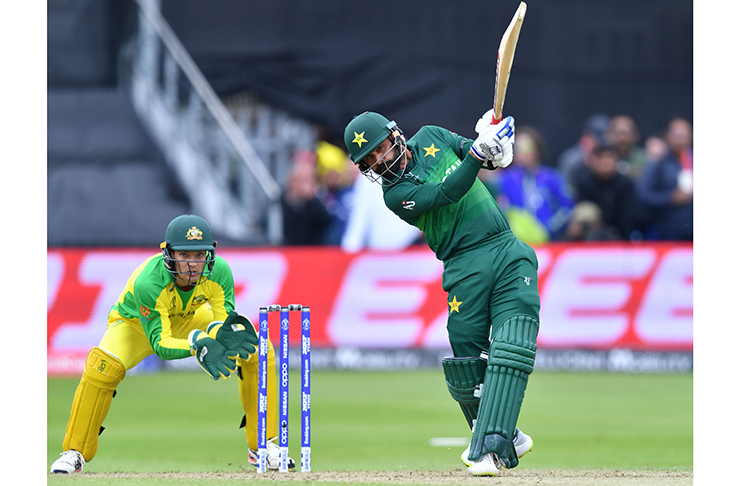
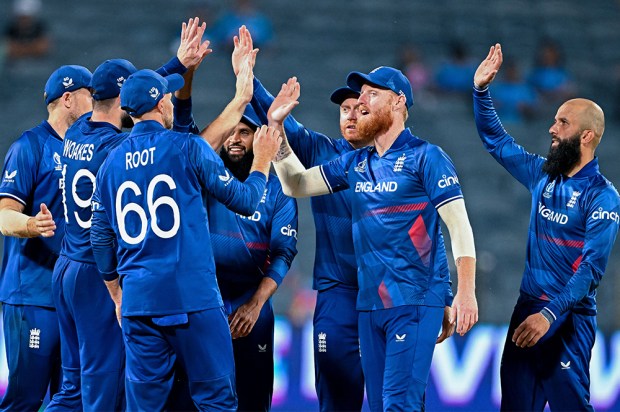
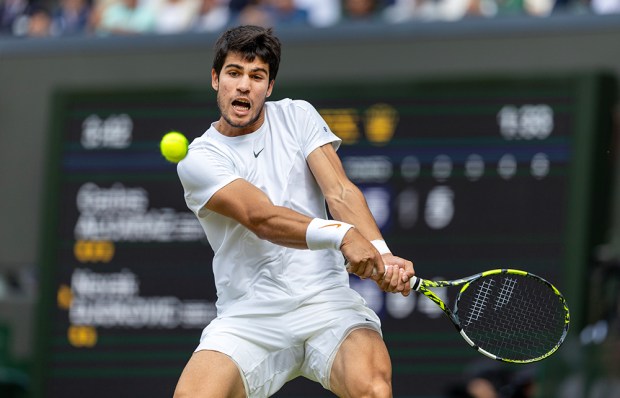
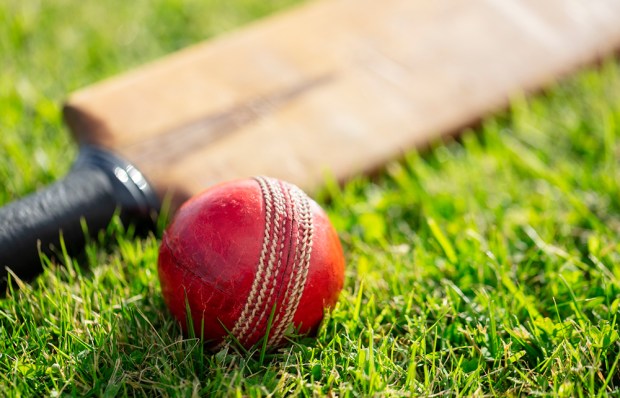
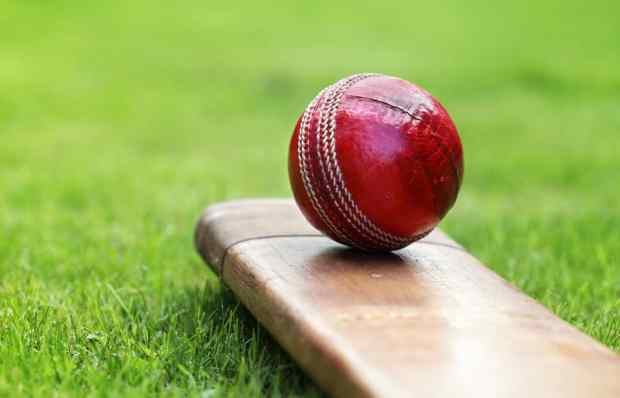








Comments
Don't miss out
Join the conversation with other Spectator Australia readers. Subscribe to leave a comment.
SUBSCRIBEAlready a subscriber? Log in